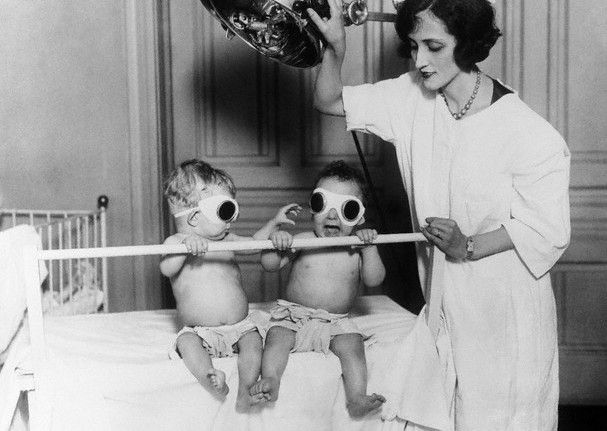Taking performance-enhancing drugs is a serious health risk, though that’s not why it seems to bother us when it comes to sports. For some reason–the shaky idea that competition should be pure?–we don’t want athletes using PEDs even though it doesn’t seem to upset that such usage is prevalent in many other competitive fields.
A paragraph from a 2012 Vanity Fair article about HGH use in Hollywood:
A business in Hollywood is small potatoes until it’s known by three letters: CAA, MGM, PMK, SAG, UTA, WME. These days, though, nothing is hotter than Hollywood’s latest health-and-fitness craze: H.G.H. therapy. Just ask any major-league Hollywood player. Earlier this year, following a game of tennis at a swank Beverly Hills country club, a prominent movie producer sat nursing a sore knee. “Just take this,” one of the club members said, offering a vial of H.G.H. A former studio executive recalls a recent dinner out with one of his colleagues. “He’s a family man with a wife and kids,” the executive says. “And he just starts talking about using H.G.H. I was like, ‘Are you crazy?! You’re fucking shooting yourself up?!’ But he said, ‘No, it’s great. And I feel great in the morning. And it’s invigorating.’ ”
All these people are searching for a “cure” for aging, the look of it and the biology of it also, a pursuit that will never end as long as there are humans. In a Vice piece, Seung Lee writes of drugs aimed not at defeating death but rather certain geriatric diseases that lead to it. An excerpt:
Private funds has been on the rise for anti-aging research, especially among Silicon Valley venture capitalists and tech giants looking for the next frontier to conquer. One of the most active donors has been PayPal co-founder Peter Thiel, who donated $35 million to an anti-aging researcher in Cambridge Universtiy in 2006 and $500,000 to a biotech start-up in 2010.
Google has joined the fray last year with the foundation of Calico. Described as mysterious and Google’s mad science project, Calico revealed plans to build an anti-aging research facility in the San Francisco Bay Area with a cost of up to $1.5 billion.
So far, the Alk5 kinase inhibitor has yet to draw any funds from firms and investors some forty-odd miles away, even though [Irina] Conboy considered these discoveries “low-hanging fruit.”
The researchers remain hopeful that the drug will continue to move forward in pace with the explosive growth of the larger anti-aging research community.
“I look at it as more promising than anything,” said Hanadie Yousef, the lead author of the Oncotarget study and currently a postdoctoral scholar at Stanford University. “When I was starting graduate school five years ago, there was absolutely nothing known about how aging actually happened. The field is growing so rapidly that I would bet within the next decade we’ll see effective anti-aging therapeutic methods.”
With the probability of anti-aging therapy on the horizon, death may take a different shape in the future. Death, as Conboy’s team hoped to accomplish, would no longer come with pain or suffering at some hospital with wires and machines keeping the body alive.
Instead, death will come by more natural causes such as cardiac arrest or a stroke—a relatively quick way to die than fighting years against cancer or similar diseases.•

